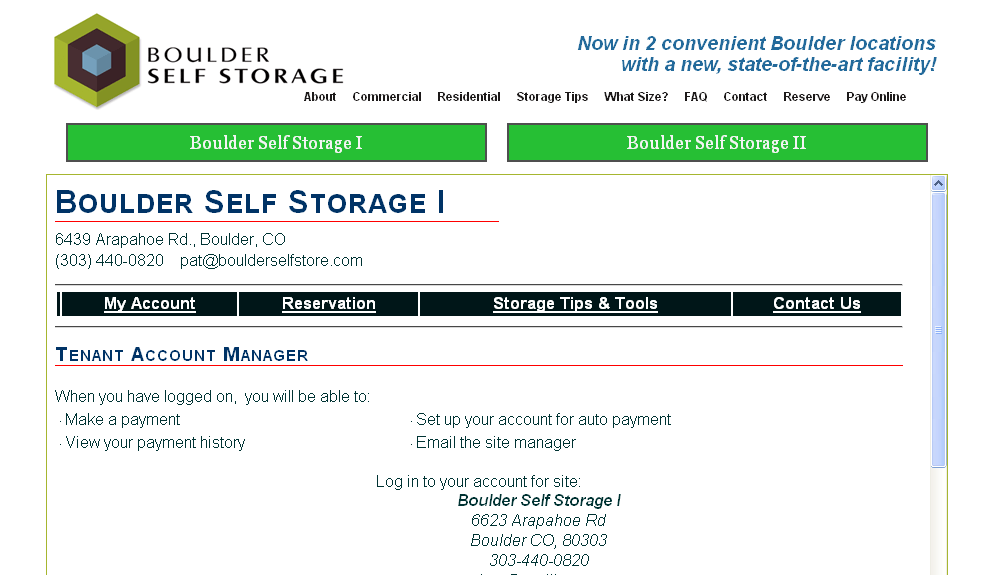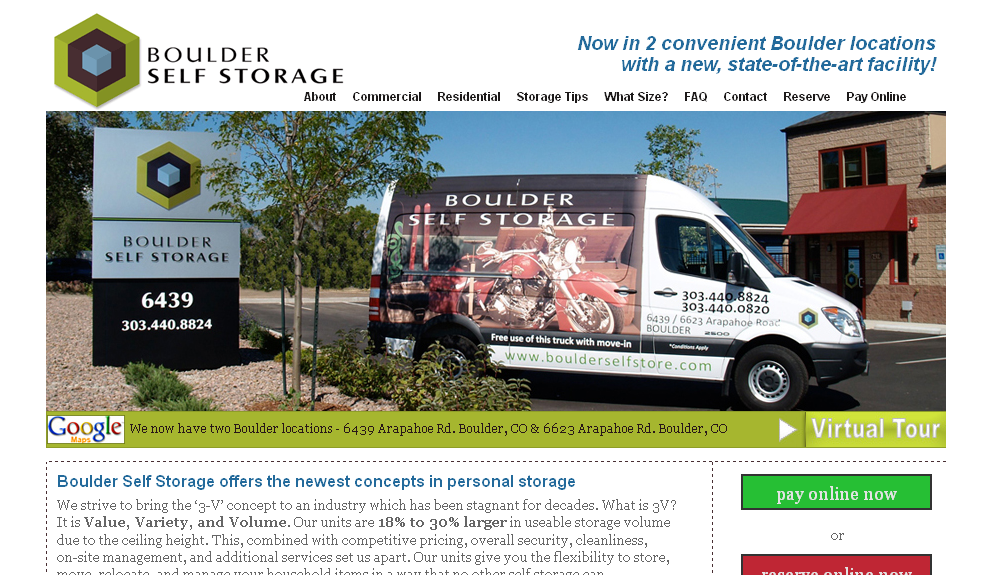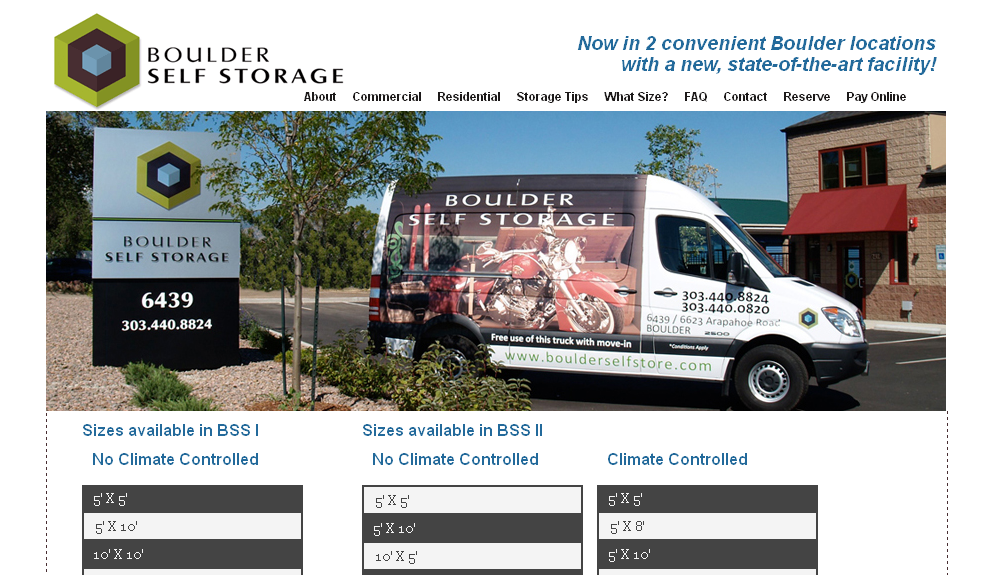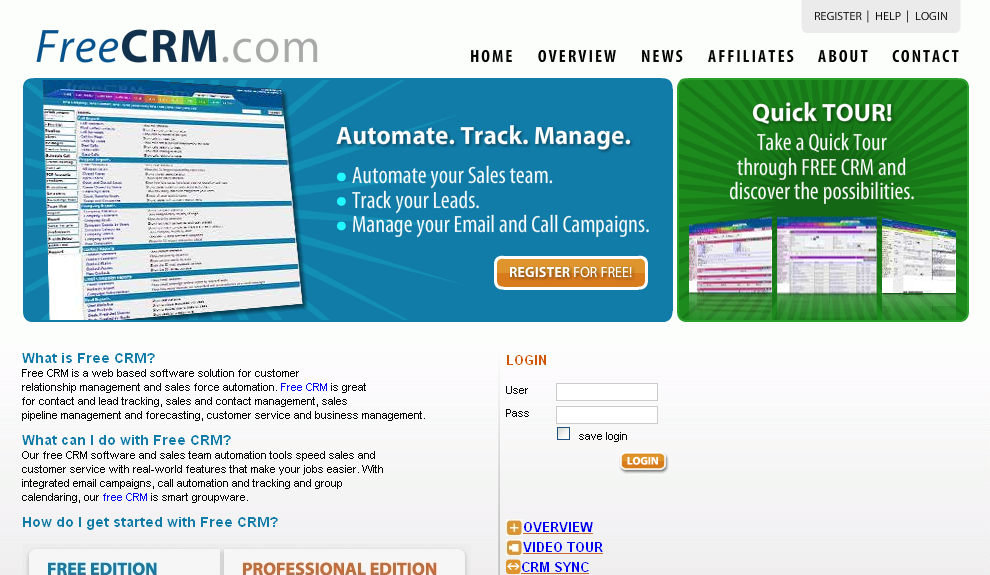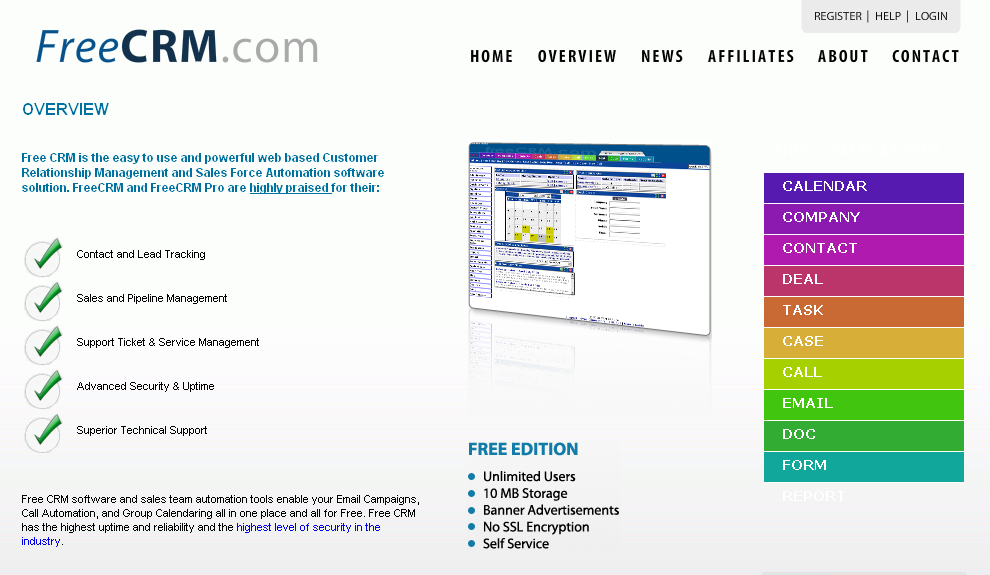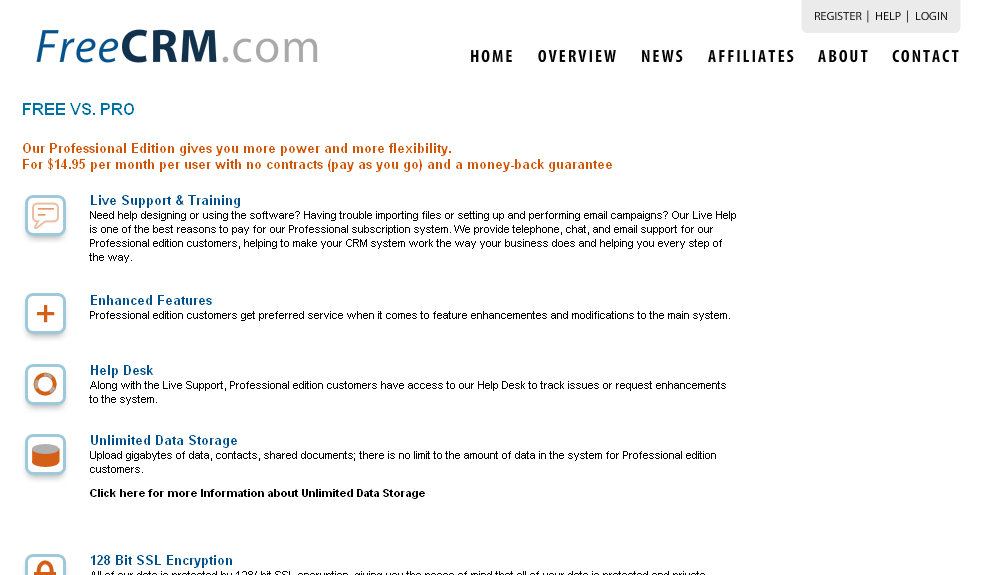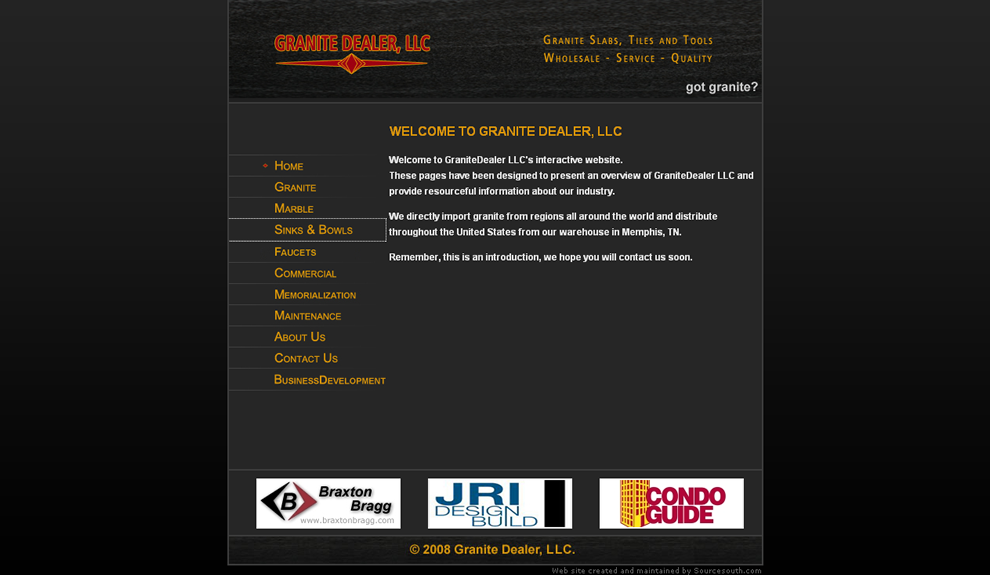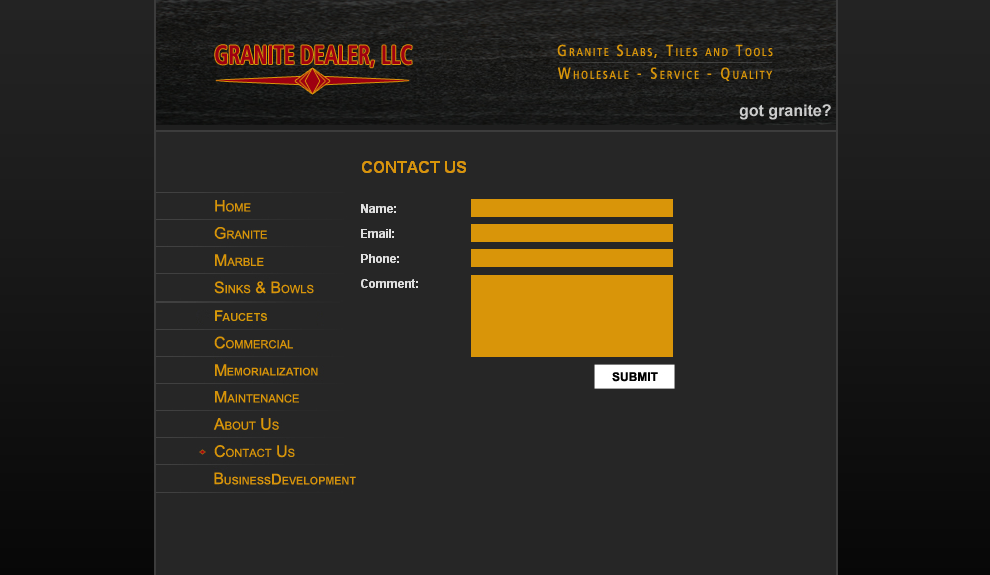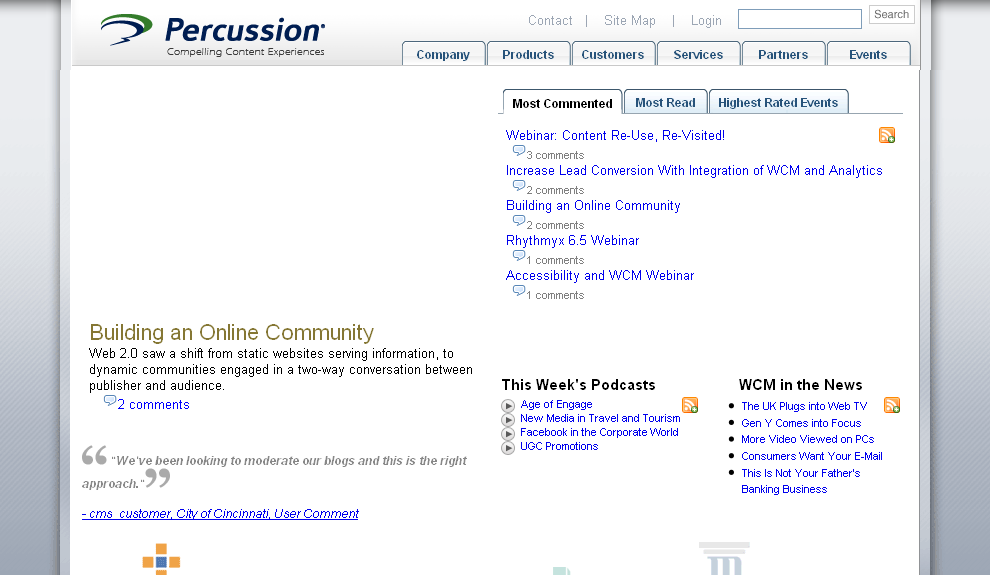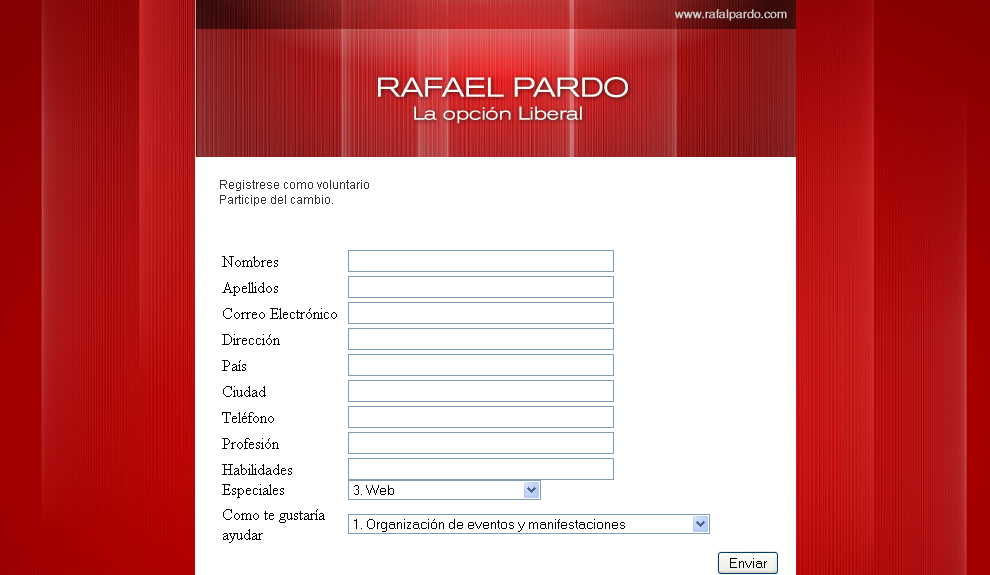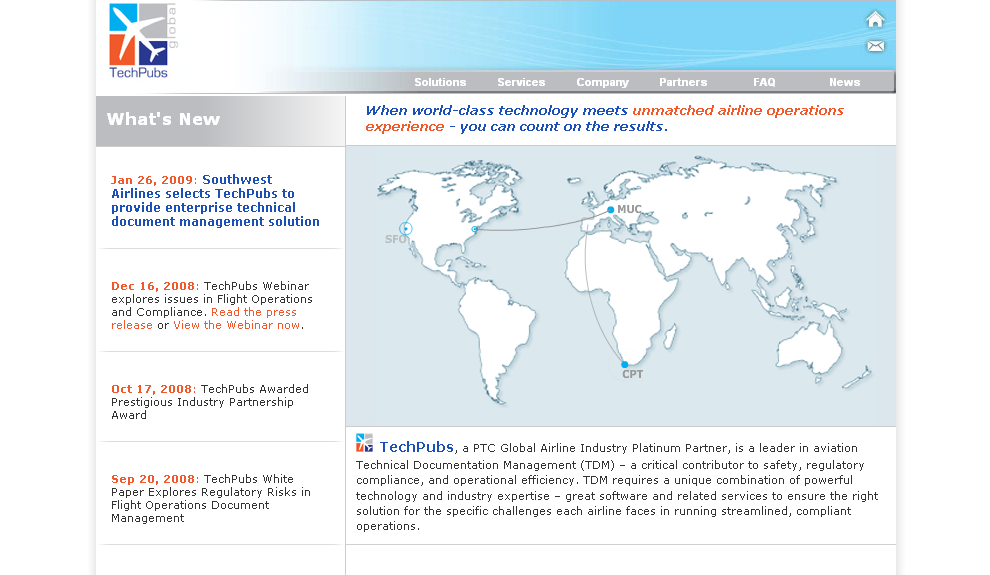Development

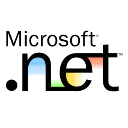



Web Development
With over 5 years developing websites, I can provide userfriendly websites, using the best technologies for your needs. It can be PHP or ASP, for the server side code, we can use mootools or jQuery as the javascript framework.
Static Content Website
Simple forms or marketing examples of websites, such as classic website, a five-page website or a brochure website are often static websites, because they present pre-defined, static information to the user.
This may include information about a company and its products and services via text, photos, animations, audio/video and interactive menus and navigation.
This type of website usually displays the same information to all visitors. Similar to handing out a printed brochure to customers or clients.
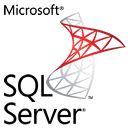


Dynamic Content Website
A dynamic website is one that changes or customizes itself frequently and automatically, based on certain criteria.
Dynamic websites can have two types of dynamic activity: Code and Content. Dynamic code is invisible or behind the scenes and dynamic content is visible or fully displayed.
The main purpose of a dynamic website is automation. A dynamic website can operate more effectively, be built more efficiently and is easier to maintain, update and expand. It is much simpler to build a template and a database than to build hundreds or thousands of individual, static HTML web pages
Some of the most used CMS systems include Wordpress, Drupal or Joomla running PHP and DotNetNuke or Kentico running ASP.NET
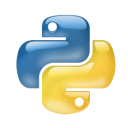


Information worker software
It addresses the needs of individuals to create and manage information, often for individual projects within a department, in contrast to enterprise management. Examples include time management, resource management, documentation tools, analytical, and collaborative. Word processors, spreadsheets, email and blog clients, personal information system, and individual media editors may aid in multiple information worker tasks.
Time and Resource Management
Project management software is a term covering many types of software, including scheduling, cost control and budget management, resource allocation, collaboration software, communication, quality management and documentation or administration systems, which are used to deal with the complexity of large projects.
Portfolio
